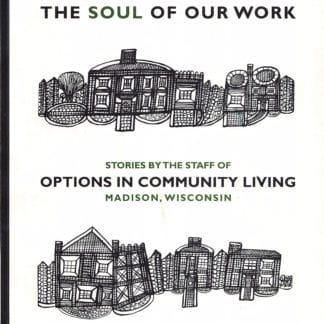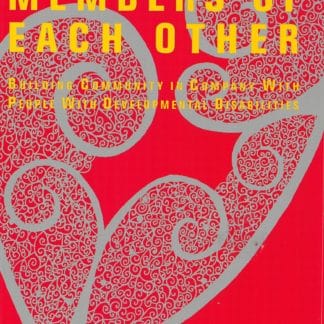Tell Me I want the kind with the people and the pictures
John O’Brien
Jun. 2016
After a difficult start –institutionalized from age three to twenty-three in a place where “they treated us like animals”– Mike has composed a good life, taking many valued roles: husband, father, worker, home owner, friend, organizer, advocate, mentor, teacher, neighbour. Anticipating the changes that come with aging, Mike requested funding for a person-centered plan from his case manager (a service option in his state). The case manager said that it was unnecessary for him to spend any of his budget on a plan because a new Federal Rule requires that Mike’s annual plan of care meeting be a person centered plan. Mike, who has participated in a number of person-centered plans organized through self-advocacy, asked some questions about the required plan and concluded, “I still want the kind with the people and the pictures.”
Regulations that require a person centered plan as a condition of receiving Medicaid Waiver funds introduce a distinction between Want-to-plans and Have-to-plans. Each can make a positive contribution; both must creatively respond to constraints. A good Want-to-plan supports discovery of possibilities and life direction and mobilizes a person’s allies at important moments in their lives. A good Have-to plan gives a person effective control of the Medicaid waiver funded assistance they rely on. Committed and skilled facilitators with the time necessary to prepare and follow-up make a difference to the impact of both kinds of plan. How well either process works for for a person depends on conditions outside the planning process: the extent, diversity and resourcefulness of the person’s social network; the openness of the person’s community; the flexibility and responsiveness of providers of necessary assistance; the sufficiency of public funds for necessary assistance and the means for people to control those funds. Good plans will identify the current reality of these conditions and consider how to engage them.



